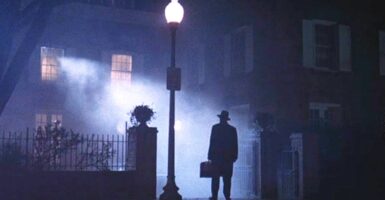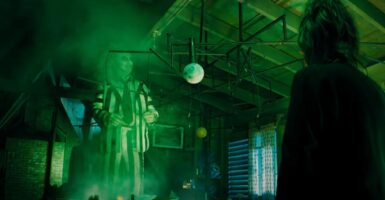The Exorcist Hides A Real Murderer In Plain Sight
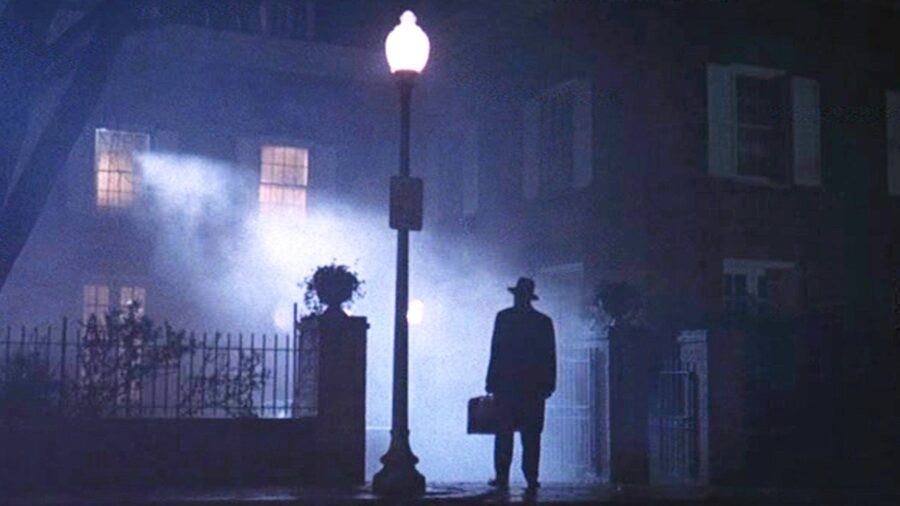
Paul Bateson was in 1973’s The Exorcist due to his skills as a technician in helping with cerebral angiographies. An active alcoholic since the ’60s, Bateson murdered a man after appearing in the film, and some believe he may have been a serial killer. His ties to the movie have dubbed him The Exorcist murderer.
Bateson Gets Cast In The Exorcist
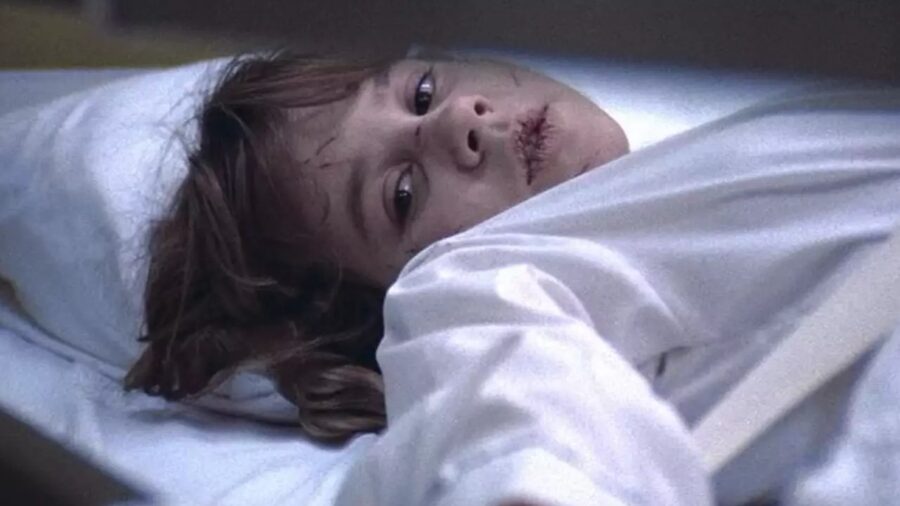
Before he became The Exorcist murderer, Paul Bateson was a neurological radiological technician and an actor. He met William Friedkin, the director for the Excorcist, while the filmmaker was in the hospital to examine a few medical procedures that he was considering putting in the film. Dr. Barton Lane invited Friedkin to watch a cerebral angiography Bateson was performing, believing it to be a good procedure to add to the movie.
The doctor was right. Friedkin found the angiography quite impressive, but not as impressive as the team. Not only did the procedure go into the movie, but it was performed by the same team that Friedkin watched.
Bateson In The Film
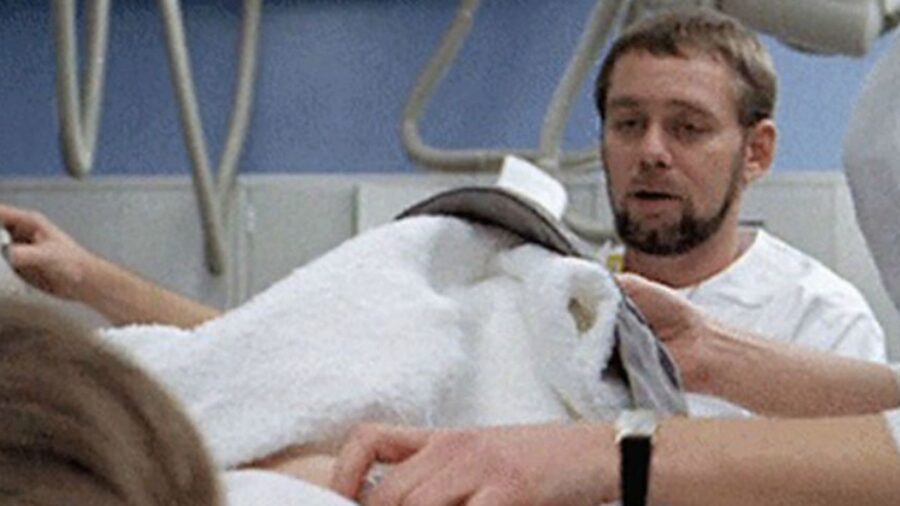
This team included not only Dr. Barton Lane but a nurse and a technician, the latter of whom happened to be The Exorcist murderer, Paul Bateson. If you’re looking to identify which actor Bateson was in the movie, he’s the one who has most of the speaking roles in that scene, and the one who attaches wires to Regan’s shoulders.
Bateson Succumbs To Alcoholism
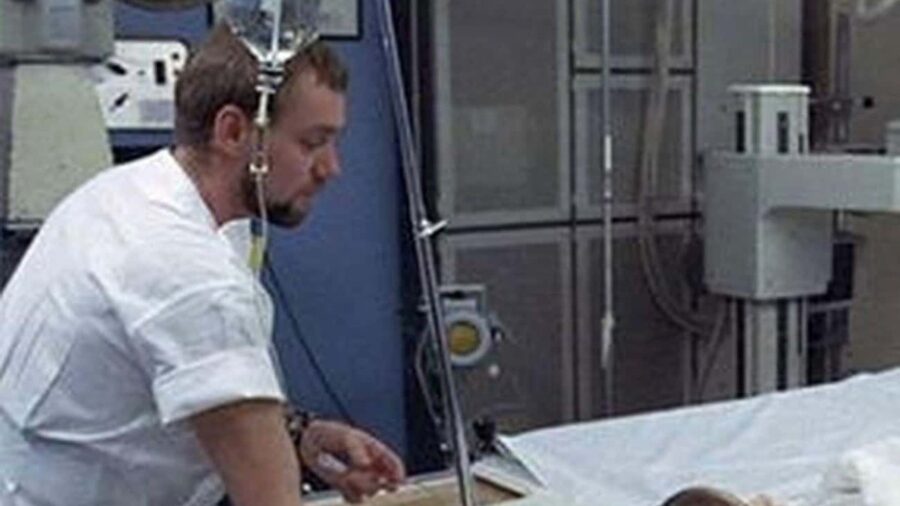
Shortly after The Exorcist hit the theaters, Bateson took to excessive drinking. This wasn’t his first time falling prey to chronic alcoholism, but he wasn’t able to break out of it this time around. Despite attending AA meetings, he ended up losing his job and falling back to drinks time and time again.
When The Exorcist murderer wasn’t too drunk to leave his apartment, he was known to visit several leather bars, catering to gay and bisexual men, in the area.
The Murder Of Addison Verrill
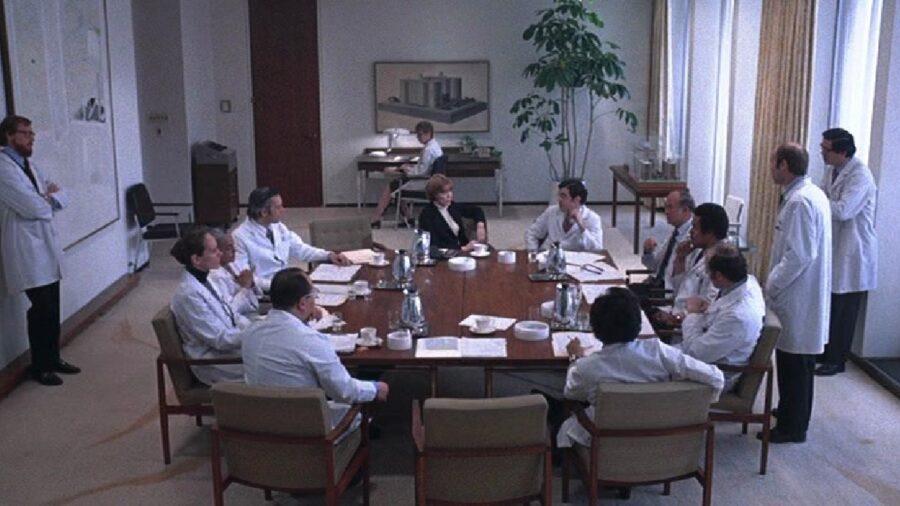
On September 14, 1977, Addison Verrill — a reporter for Variety — was found dead in his apartment. There was evidence of him being beaten and stabbed, as well as indications he’d been robbed.
Since there was no sign of forced entry and several drinks littering his apartment, police decided that Verrill likely knew his killer and let him in willingly. According to reports by his friends and people who had seen Verrill, he had gone to several leather and gay bars in the area that night. Another man was reported to be with him by the end of the evening.
Bateson’s Confession
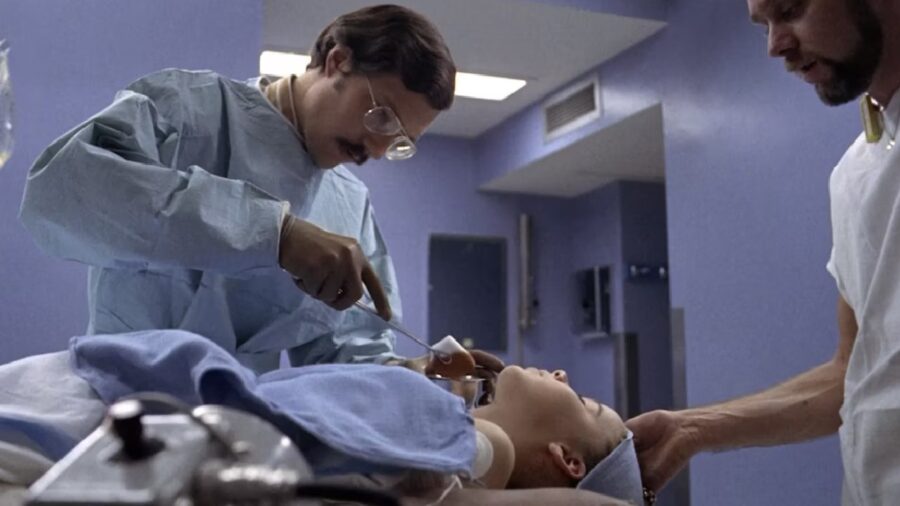
During the police investigation, one of Verrill’s friends, Arthur Bell, received a call from a stranger, who was later found to be The Exorcist murderer.
During this phone call, the murderer explained that he had gone back with Verrill to his apartment and had fun, but he needed money for alcohol. To get the money, he killed Verrill and robbed him before leaving. The confession rang true to the police, as it was full of details that they hadn’t released to the public.
Police couldn’t figure out who he was immediately, but later Bell received another call from a man who called himself Mitch. Mitch said that The Exorcist’s murderer was Paul Bateson, whom he had met while recovering at St. Vincent’s Hospital. Apparently, Bateson had called Mitch earlier and confessed to the crime.
Bateson was arrested by police and charged with second-degree murder, which he confirmed with a handwritten confession he gave to the police. Though his lawyers tried to throw out the confession, saying he wasn’t read his rights and he was drunk, it didn’t work. In the end, The Exorcist murderer was sentenced to 20 years to life in prison.
Possible Ties To Other Murders

While he only confessed to the one murder, the police also considered tying him to a series of murders known as “The Bag Murderers.” Though the causes of death were similar, the judge deemed that there wasn’t enough evidence to tie The Exorcist murderer to these deaths.
In the end, Bateson ended up serving 24 years and three months before he was eligible for parole. In August of 2003, he was released. After 2008, there were no more public records of his whereabouts, though the Social Security Death Index shows that someone with the same birthdate and name died in 2012.









